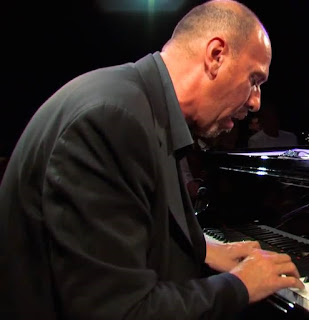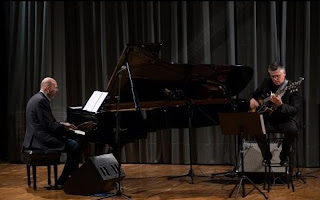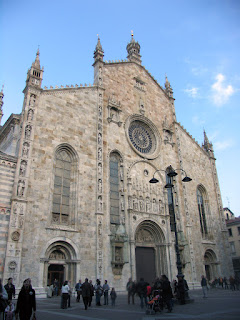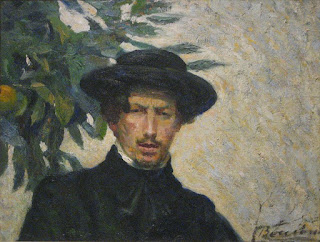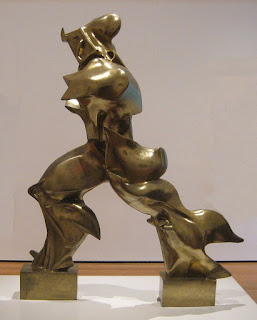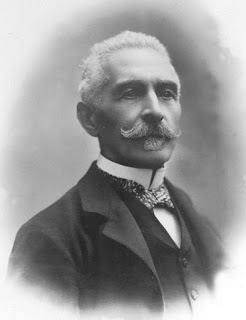Italian-born philanthropist who made his fortune in London
 |
| A late 18th century photograph of the Jewish philanthropist Moses Montefiore |
Born into a Sephardic Jewish family, his grandfather, Moses Vita (Haim) Montefiore, had emigrated from Livorno to London in the 1740s, but regularly returned to Italy, as did other members of the family.
Moses Montefiore was born while his parents, Joseph Elias and Rachel - whose father, Abraham Mocatta, was a powerful bullion broker in London - were in Livorno on business.
Their son was to amass considerable wealth in his working life, accumulating such a fortune on the London stock exchange he was able to retire at 40, but in his youth his family’s situation was so perilous he had to abandon his education without qualifications in order to find a job.
First apprenticed to a firm of grocers and tea merchants, he left to become one of 12 so-called ‘Jew brokers’ in the City of London. His early days in the city were not without setbacks, notably when a major fraud in 1806 caused him to lose most of his clients’ money and cost him his broker’s licence.
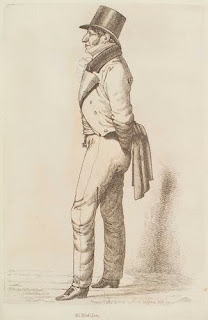 |
| A drawing from a magazine shows Moses Montefiore as a young man |
Nathan Rothschild headed the family's banking business in Britain, and Montefiore became his business partner.
In that capacity, Montefiore helped found the Alliance Assurance Company, the Imperial Continental Gas Association (which pioneered gas lighting for homes), and the Provincial Bank of Ireland.
Montefiore retired from his business in 1824, deciding to use his time and fortune for communal and civic responsibilities. He became known as a philanthropist and a zealous fighter for the rights of oppressed Jews all over the world.
Besides visiting such countries as Italy, Russia, and Romania on behalf of the Jewish people, he also made seven journeys to Palestine.
In 1827, he helped secure the release of a number of Damascan Jews who had been falsely accused of using Christian blood for religious rites and persuaded the Turkish sultan to extend to Jews the same privileges enjoyed by aliens.
In Russia he convinced Tsar Nicholas I to rescind a decree of 1844 that had ordered all Jews to withdraw from the western frontier areas of Russia.
| Montefiore's London home was at 99 Park Lane in the Mayfair district |
He was knighted in the same year by Queen Victoria and received a baronetcy in 1846 in recognition of his services to humanitarian causes on behalf of the Jewish people.
He was president of the British Board of Deputies from 1835-1874, with one brief interruption. Despite his position, he did not play a prominent role in the Jewish emancipation struggle at home, preferring to help oppressed Jewish communities abroad.
In 1831, while keeping his home in Park Lane in London, Montefiore bought a country estate with 24 acres of land on the East Cliff of the then-fashionable seaside town of Ramsgate, previously the home of Queen Caroline, when she was still Princess of Wales. He purchased some adjoining land and commissioned his cousin, architect David Mocatta, to design a private synagogue, known as the Montefiore Synagogue.
Montefiore died at East Cliff in 1885, at the age of 100. He had no known children and his principal heir in both name and property was a nephew, Joseph Sebag Montefiore. His great, great nephew is the historian, author and TV presenter Simon Sebag Montefiore.
 |
| The beautiful Terrazza Mascagni is a feature of the waterfront in modern Livorno |
The port of Livorno is the second largest city in Tuscany after Florence, with a population of almost 160,000. Although it is a large commercial port with much related industry, it has many attractions, including an elegant sea front – the Terrazza Mascagni - an historic centre – the Venetian quarter – with canals, and a tradition of serving excellent seafood. The Terrazza Mascagni is named after the composer Pietro Mascagni, famous for the opera Cavalleria rusticana, who was born in Livorno.
| The plaque commemorating the life of Sir Moses Montefiore is near the Jewish synagogue in Liverno |
A plaque commemorating the life of Sir Moses Montefiore can be found in Piazza Elia Benamozegh in Livorno, the location of the city’s synagogue. Livorno was once home to one of the largest Sephardic communities in Western Europe, second only to Amsterdam. The 16th century Florentine leader Ferdinando I Medici, who governed Livorno, allowed the city’s Jews to govern themselves, without being confined to a ghetto. Although the Jewish settlement in the city had clear parameters, there were few limits imposed on the community, which by the 18th century numbered more than 4,000, almost 15 per cent of the the city’s population.
More reading:
The story of Auschwitz survivor Primo Levi
Salomone Rossi, the leading Jewish musician of the late Renaissance
The good samaritan of Rimini Alberto Marvelli
Also on this day:
1913: The birth of the acclaimed baritone Tito Gobbi
1925: The birth of composer Luciano Berio
Home














